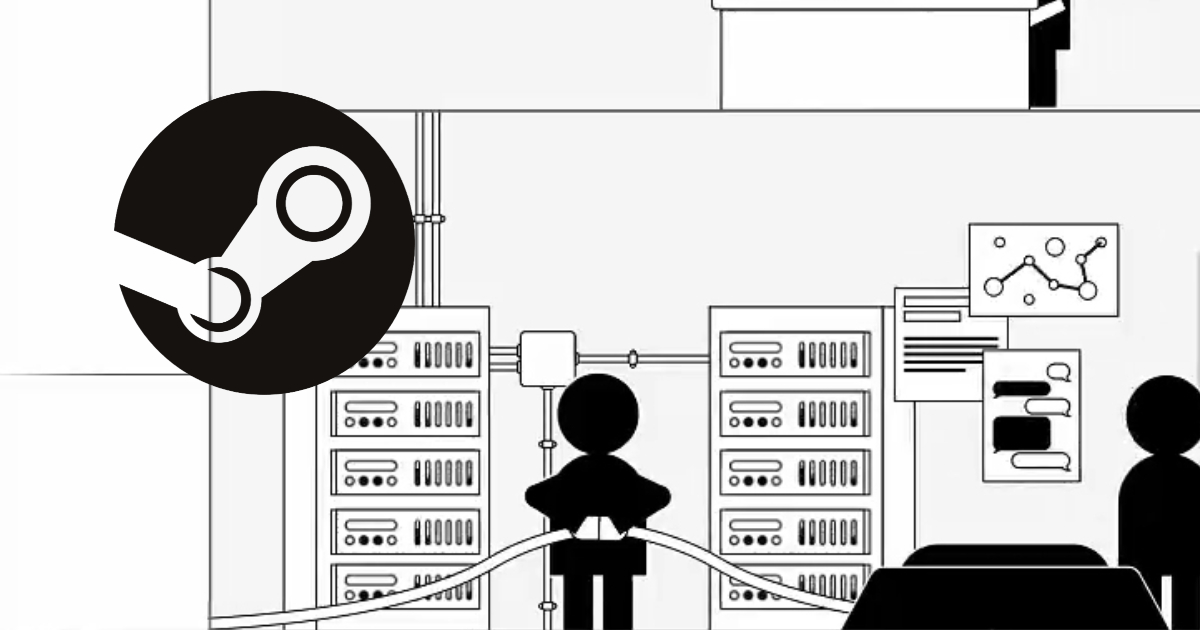What You Need to Know When Releasing a Game in Early Access: Release Statistics and Practical Tips
Based on the experience of numerous games, not all studios are adept at working with Early Access. To better understand the essence of this model, we've gathered detailed statistics on Early Access releases, including their revenue, "survival" rate, and average development time. The article also features practical advice from industry experts and Valve itself.
Valve introduced the Early Access (EA) model in 2013 as a tool to support creators of unfinished projects. "Some developers told us: 'I don't want to do a closed beta and I'm not quite ready for release. I'm ready to sell the game, but how do I explain to players that I'm still working on it and need their feedback?' Early Access provided the foundation for this," explains one of the business team managers at Steam, Tom Giardino.
According to the Steam documentation for developers, early access is a playable version of a game in alpha or beta stage that should justify its price in its current state. Feedback from the audience and commitments to them are intended to motivate studios to regularly release updates and help them realize their initial ideas.
Here's what Early Access is NOT (according to Valve's definition):
- a crowdfunding platform — using EA as the primary source of funding is risky and short-sighted;
- a pre-order — it is a version of the game ready for launch for subsequent feedback collection;
- selling promises — the game should be suitable for purchase in its current form without discounts on promises or support plans;
- a testing ground for fully polished games — for that, Steam offers separate features like playtests.
Since 2013, thousands of games have gone through Early Access. Often, especially in the early years, this model was used by unscrupulous developers who quickly abandoned projects or initially created blatant shovelware products. For example, 90% of games released in Early Access in 2016 never reached full release.
The turning point came in 2018 when Valve changed Steam's algorithms to actively combat such titles and improve the visibility of more "worthy" projects. As a result, of the games released in Early Access in 2019-2020, almost half reached the 1.0 release. However, despite the company's efforts, a significant portion of EA games still either get abandoned by developers after an unsuccessful start or remain stuck in this state for years.
To better understand the current situation, here are some data* on games in Early Access and the distribution model itself:

